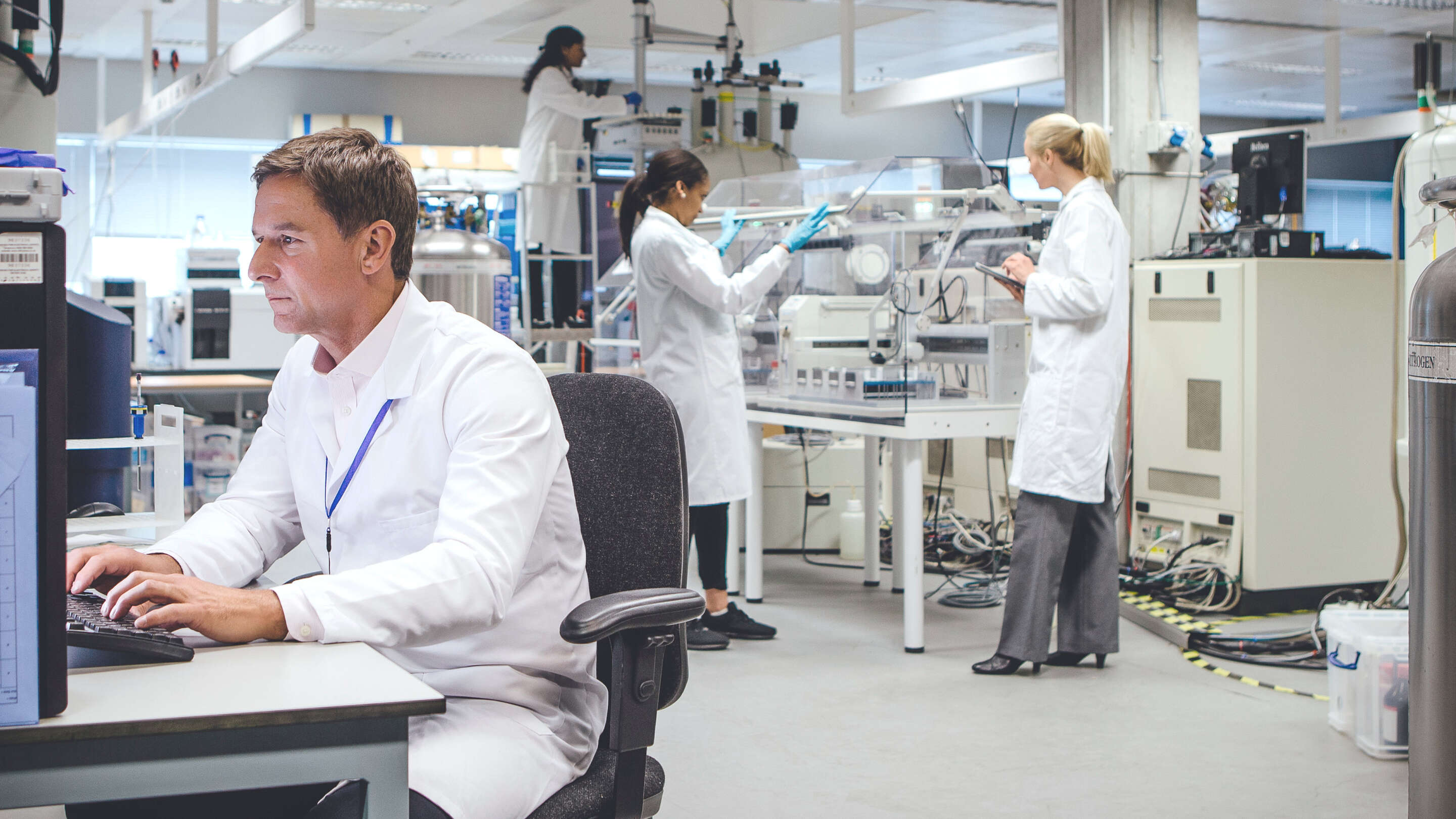Climate change test
The touchscreens manufactured by Interelectronix are already suitable for use in unusual climatic conditions in their standard version.
In order to prove the functionality of our touchscreens under extreme climatic conditions, we carry out extensive climate change tests. These prove that the touchscreens of Interelectronix can withstand extreme cold and heat without any problems and that both abrupt and extreme temperature changes have no effect on the functionality of the touchscreens.
Test procedure
In addition to the maximum and minimum temperatures to be expected in the area of application, the direct change between cold and heat is also tested.
The dwell time in the different temperature zones as well as the speed of change of temperature are an important factor in measuring the climate change resistance of a touchscreen.
Since humidity is also highly relevant for functionality, various conditions are simulated in the test procedure in order to create environmental conditions that are as real as possible.
Touchscreens for extreme climatic conditions
Our PCAP touchscreens are fully functional in ranges from -25°C up to 70°C.
The GFG ULTRA touchscreens can even be used far beyond this temperature range. Even without special finishes, they can be used carelessly at temperatures as low as -40° without affecting their functionality directly or in the long term.
Customer-specific Test Examples
The following are two test results of ULTRA GFG touch screens designed to customer specifications:
ULTRA 15.1": Temperature range from 70° C to -25° C
Our glass film glass technology meets the highest requirements for the temperature range and has been tested from 70° C to -25° C.
The report describes the test setup and procedure on a series of 15.1" ULTRA touchscreens and proves the performance in terms of function and linearity.
In this process, 20 sensors in operation were first heated to 70° C in a temperature chamber and then frozen at -25° C.
The sensors were also exposed to these conditions for more than 7 hours to test linearity. This was done by means of reference points at room temperature, at 70° C and at -25° C.
All sensors functioned without significant deviations, neither in general functionality nor in their linearity.
ULTRA 7": Temperature range from 70° C to -25° C
In this test, a whole range of 7" ULTRA touchscreens were tested in extreme temperature ranges.
From 70° C to -25° C, functionality, linearity and general failures were investigated. For one working day, the test sensors were used in a temperature chamber both heated (70° C) and frozen (at -25° C) and operationally tested.
The linearity was checked by means of reference points at both extreme temperatures and the differences to them were recorded.
The result shows that all sensors continued to work fully functional and only in exceptional cases did they produce minimal deviations of a maximum of 2.1 percent in the corners.
